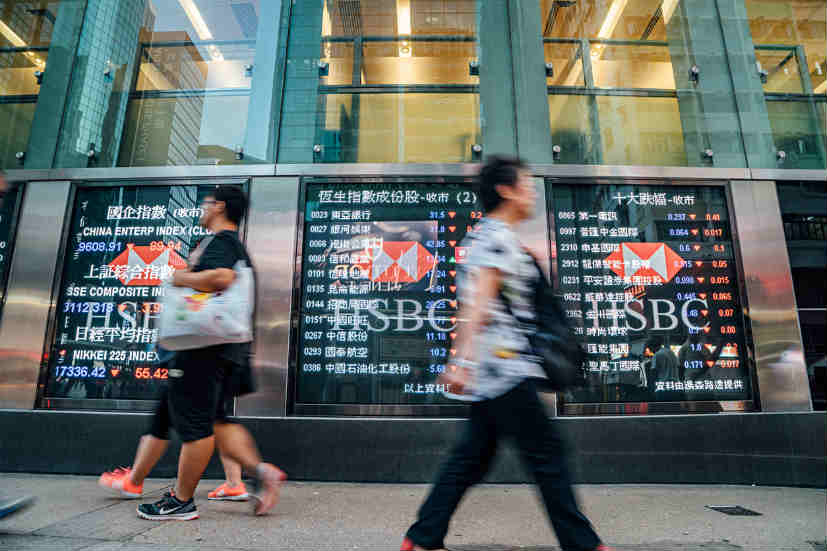Profits at four of the five largest lenders rose at least 5% in the three months through June– as President Xi Jinping’s crackdown on riskier financiers pushed business to large state-connected banks. The results were broadly in line with expectations, despite the record surge in bad debt, prompted by the deleveraging effort, swamped smaller lenders.
Chinese policy makers are currently focused on cutting risky debt, and are also seeking to protect economic growth as the trade war with US intensifies. The Authorities have taken several steps to free up credit, which include ordering the nation’s lenders to boost support for infrastructure projects and small businesses. Meanwhile, bad debt ratios at the big banks are improving as they reduce exposure to industries suffering from overcapacity and boost recovery efforts.
A group of Goldman Sachs Group Inc. analysts, including Tian Lu wrote: “We think broad-based results are improving with strong pre-provision operating profit growth on the back of faster loan origination and net interest margin expansion,” in a note published Wednesday.
Shares of Agricultural Bank of China Ltd. rose as much as 1.6 % in Hong Kong on Wednesday, while Bank of China Ltd. and China Construction Bank Corp. stock dropped as much as 1.7 %. The three banks reported their earnings on Tuesday. Bank of Communications Co. has seen its shares gain 3.6% since reporting on Thursday.
The government crackdown on risk saw the banking sector’s bad debt surge by a record in the second quarter– 80% of which came from small rural lenders. This can possibly force authorities to further pull back their deleveraging campaign, which had eased in recent weeks. Policy makers are also committed to injecting cash in order to help sustain the economy.
While easing the campaign may relieve some of the pressure on smaller banks– not everyone is in favor of such an approach, stated Alex Wong, director of asset management at Ample Capital Ltd.
“People don’t like this policy giving new liquidity and delaying the deleveraging process,” stated Wong. “We have seen this in China over the past 10 years. Time to time they loosen and then they tighten again, so I think people are a little bit sick of it.”
AgBank, the country’s third-largest lender by assets, posted a 7.9% rise in second-quarter profit to $8.4 bn, while fourth-largest Bank of China’s profit rose 5.3% to $8.8 bn.
Bank of China’s overdue loans, a leading indicator for potential bad loans, rose 35% from the beginning of the year to $40 bn, or 2.41 % of total credit. China International Capital Corp. analysts cut their price target for the stock to $0.81(HK$6.37) each, citing the rising economic volatility and lower risk appetite from investors.
CCB said it saw a 7.2% increase in profit to $10bn. BoCom, China’s fifth-largest lender by assets, reported a 5.2% profit increase to $3bn last week.
The average nonperforming loan coverage ratio for banks including CCB and BOC reached 202%, which was above the 150% regulatory requirement, while the 90-day overdue loan ratio continued to decrease, according to the Goldman Sachs note.
“This suggests to us that improving asset quality may help bring lower credit cost from this point on, given the likely healthier and cleaner balance sheets,” the analysts wrote.

